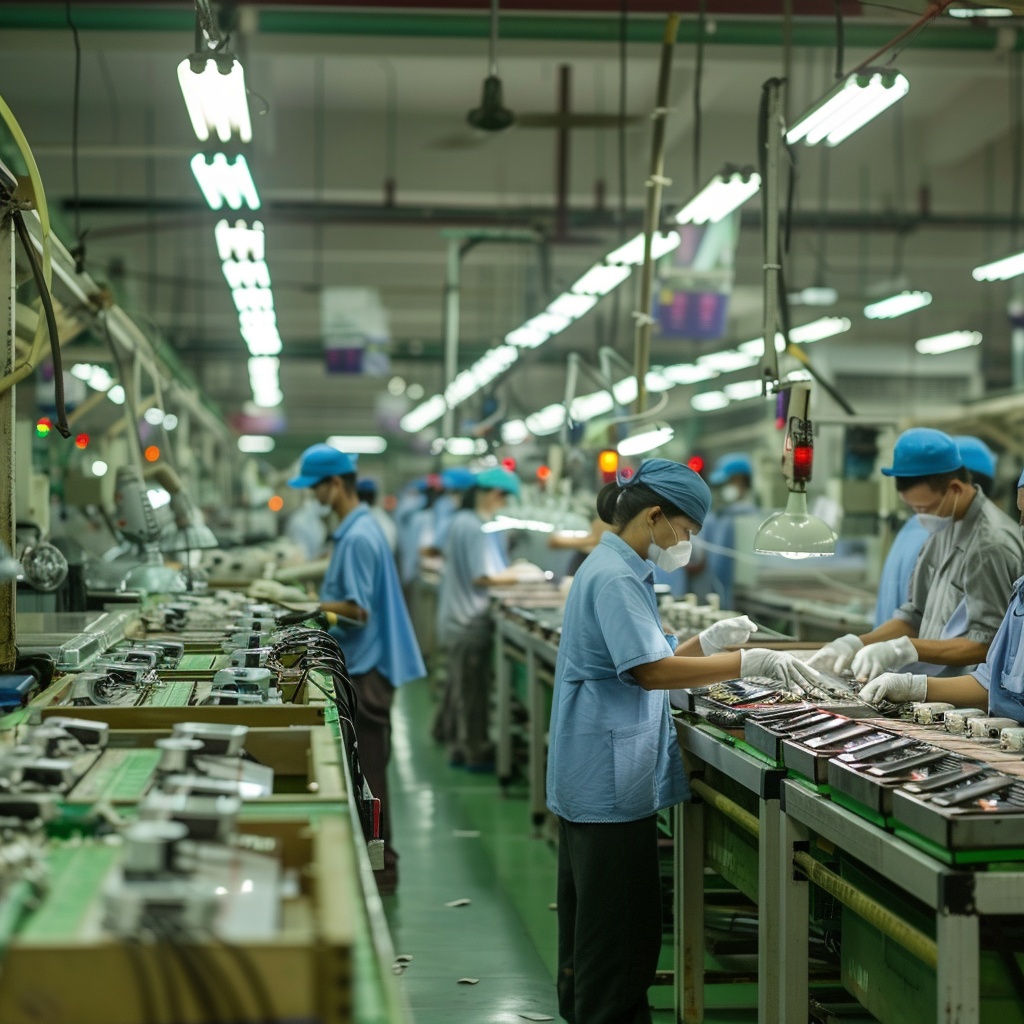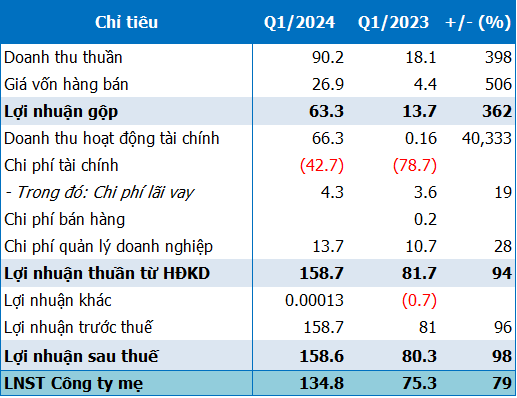Recently, news agency Reuters and The Hindu (India) have written an article evaluating the phone exports of this Asian country, mentioning the rise of Vietnam in the global phone export map.
According to that, Vietnam has attracted many foreign manufacturers and continuously increased its export market share in recent years, surpassing South Korea to become the second largest smartphone exporter in the world, after China.
Reuters reports that Indian Minister of Electronics and Information Technology, Rajeev Chandrasekhar expressed concern in a draft letter in early January this year, indicating India lost to China and Vietnam due to high mobile component import taxes.
The Hindu commented “Vietnam’s astonishing rise could be due to the rapid growth of the smartphone market in the US, the largest importer of mobile phones”.
From 2018 to 2022, Vietnam’s market share in US smartphone imports doubled from 9% to 18%. Vietnam also slightly improved its market share to 1% in smartphone imports in Hong Kong, the world’s second largest importer, where India holds market share. Japan, the world’s fourth largest importer, imported 6% of smartphones from Vietnam, nearly triple the market share of India.

Indian Minister believe that his country loses to China and Vietnam because of high import taxes on mobile components. Illustration by AI.
The Indian government has reduced import taxes on mobile parts such as lenses, batteries, and back covers from 15% to 10% at the end of January. However, India continues to impose a 20% tax on chargers and circuit boards.
The Indian Minister of Information Technology believes that Vietnam has attracted many businesses that want to reduce their dependence on China.
The Hindu quotes data: Both India and Vietnam had export shares below 1% before 2010. By 2022, Vietnam’s share has increased to 12%, while India ranks seventh with an export share of over 2.5%.
2023: Vietnam’s mobile phone production reaches over 197.3 million units
As China continues to dominate the market by exporting half of the world’s smartphones in 2022, the continuous growth trend that the country witnessed before 2015 is no longer there. Hong Kong, UAE, Czech Republic, the US, and South Korea are other competitors in the export market.
In November 2022, Prime Minister Narendra Modi praised phone exports when surpassing the $5 billion mark. At the 2023 Indian Mobile Congress, Modi said “the whole world will soon use phones made in India”. Currently, India’s smartphone exports are below $10 billion per year, just a small part of the goal.
The Indian government has reduced import taxes on mobile parts such as lenses, batteries, and back covers from 15% to 10% at the end of January. However, India continues to impose a 20% tax on chargers and circuit boards.
According to The Hindu, last week, Xiaomi requested New Delhi to reduce taxes on many components used in cameras and USB cables, saying that it would help “compete with manufacturing economies such as China and Vietnam”.
According to the General Department of Customs, in 2023, mobile phones of all kinds and components brought in over $52.3 billion to Vietnam, a decrease of 9.7% compared to 2022, while it is the second highest value export item among Vietnam’s exports, only behind computers, electronic products, and components.
According to the General Statistics Office, by the end of 2023, Vietnam’s mobile phone production reached over 197.3 million units, a decrease of 9.9% compared to 2022.
According to a report from HSBC, since 2021, Vietnam’s global smartphone market share has increased significantly. Vietnam has captured a 13% share, quickly surpassing India to become the world’s second largest smartphone exporter after China. Over 50% of smartphones in the world are produced in China.











































